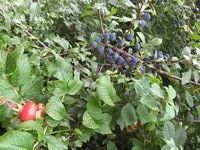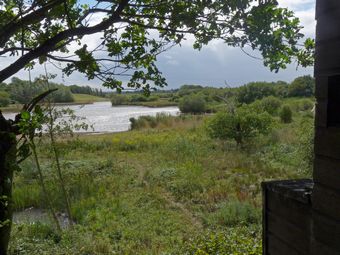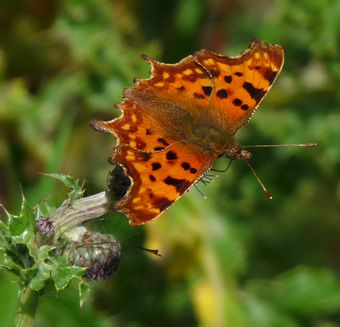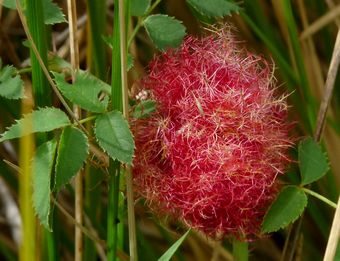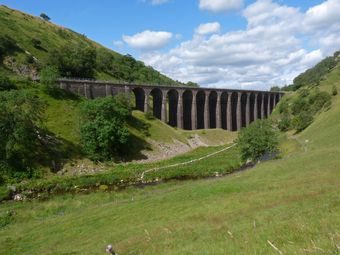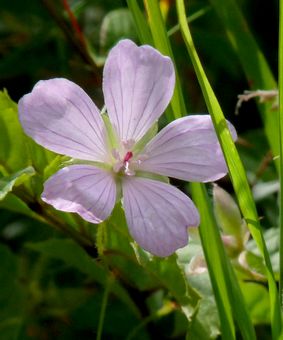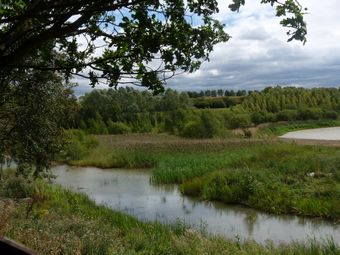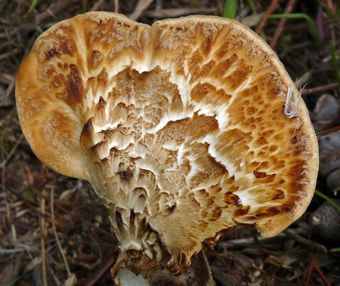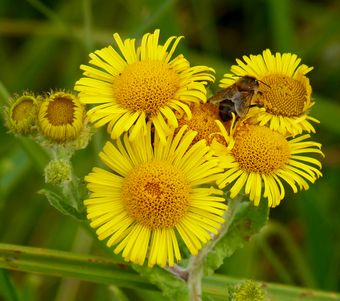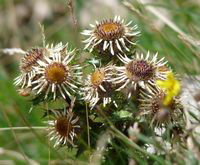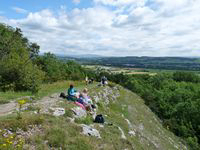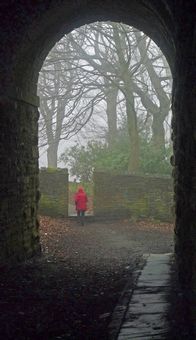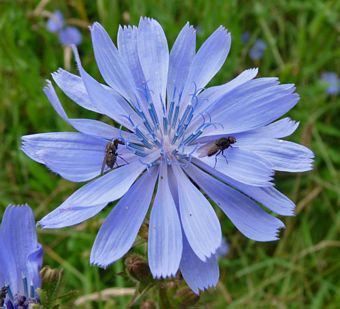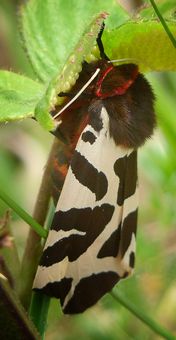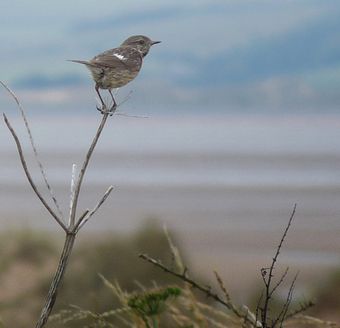WFV Malham Tarn area 6th September 2011
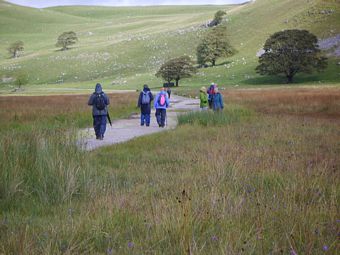 WalkingToday's visit to the Malham Tarn area led by Stuart and Margaret was tailored to suit weather conditions. On descending from the bus we immediately felt the cold of a higher altitude. The group proceeded along the Pennine Way in the direction of Malham Tarn field studies centre, the new National Trust information centre and toilets and bird hide overlooking the Tarn. Passing through Ha mire we admired the birdseye primrose intermingling with stands of enchanting grass of parnassus. Other special flowers were eyebright, devils bit scabious, red bartsia whereas bog aspodel was in seed. A red admiral butterfly and inkcap fungus were seen. The high winds and waves on the Tarn heralded a downpour of rain however we were nearing the wood and avoided a soaking. After examining the new National Trust facilities,some bird watching from the lawn "was that an osprey?!" was the cry, we proceeded to the shelter of the hide for our lunch.
WalkingToday's visit to the Malham Tarn area led by Stuart and Margaret was tailored to suit weather conditions. On descending from the bus we immediately felt the cold of a higher altitude. The group proceeded along the Pennine Way in the direction of Malham Tarn field studies centre, the new National Trust information centre and toilets and bird hide overlooking the Tarn. Passing through Ha mire we admired the birdseye primrose intermingling with stands of enchanting grass of parnassus. Other special flowers were eyebright, devils bit scabious, red bartsia whereas bog aspodel was in seed. A red admiral butterfly and inkcap fungus were seen. The high winds and waves on the Tarn heralded a downpour of rain however we were nearing the wood and avoided a soaking. After examining the new National Trust facilities,some bird watching from the lawn "was that an osprey?!" was the cry, we proceeded to the shelter of the hide for our lunch.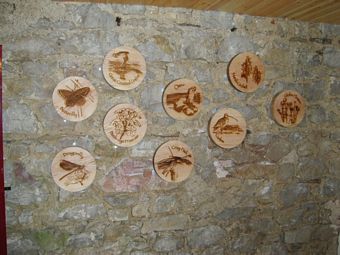 Artwork We observed a flock of tufted duck on the Tarn and spent much of our time wondering about the weather conditions outside. The suggestion of a walk around the board walk was not taken up by the group members. We proceeded back the way we came making our observations, a kestrel flying above in the cliffs, goldfinch in the trees, the sedges and rushes in the bog. Later drinks and cake were enjoyed at the farm shop on the outskirts of Malham. It was a disappointment not to have bright sunshine to do some more extensive botanising (when will we ever learn) but the exercise and company were very much enjoyed by 14 of us.
Artwork We observed a flock of tufted duck on the Tarn and spent much of our time wondering about the weather conditions outside. The suggestion of a walk around the board walk was not taken up by the group members. We proceeded back the way we came making our observations, a kestrel flying above in the cliffs, goldfinch in the trees, the sedges and rushes in the bog. Later drinks and cake were enjoyed at the farm shop on the outskirts of Malham. It was a disappointment not to have bright sunshine to do some more extensive botanising (when will we ever learn) but the exercise and company were very much enjoyed by 14 of us.Margaret



